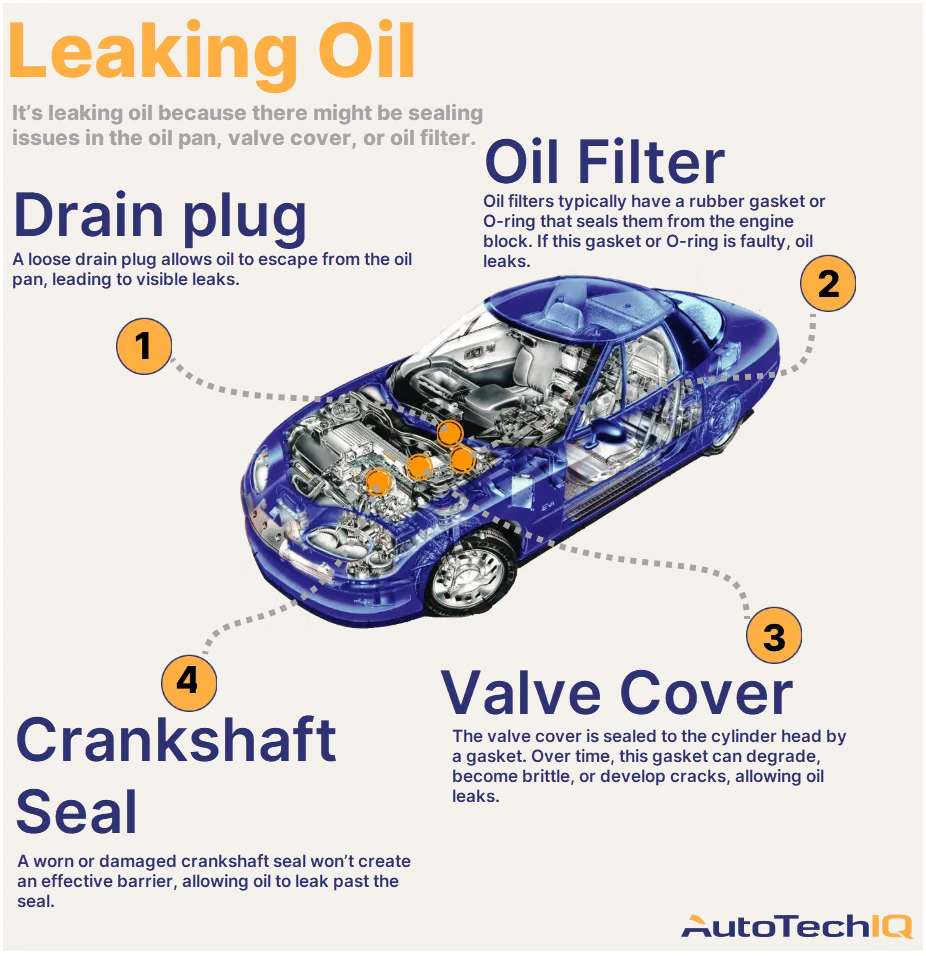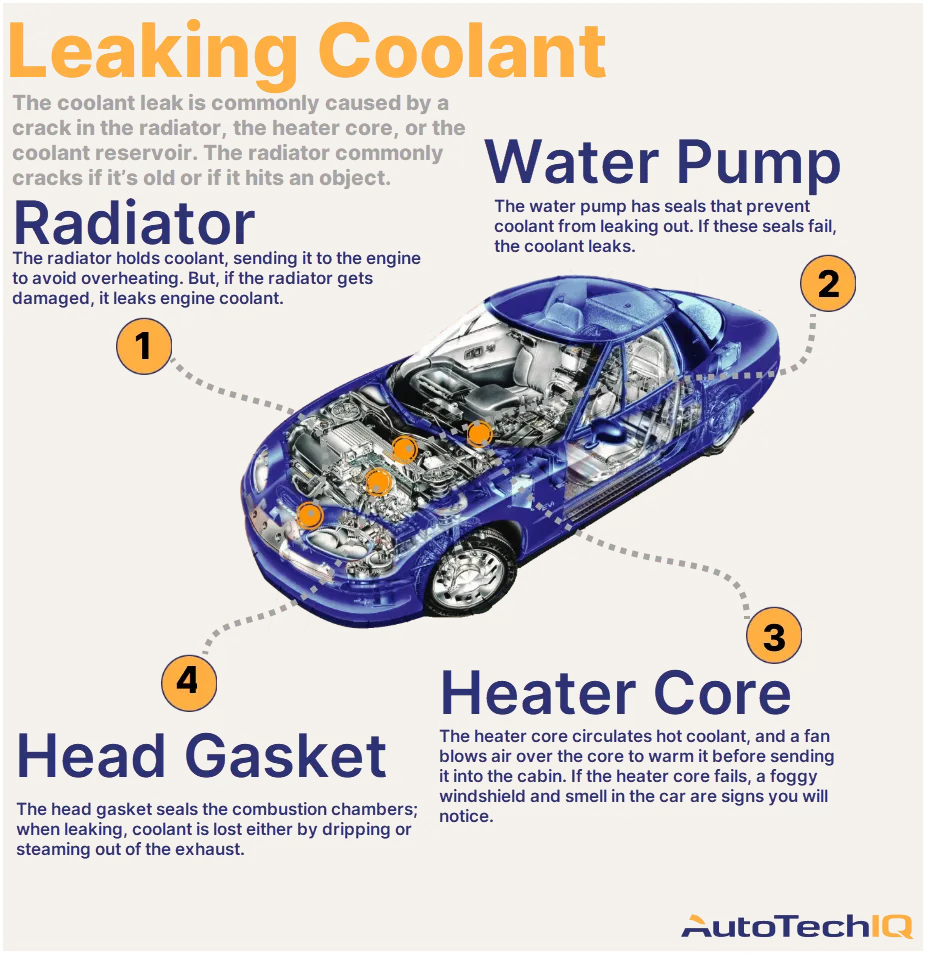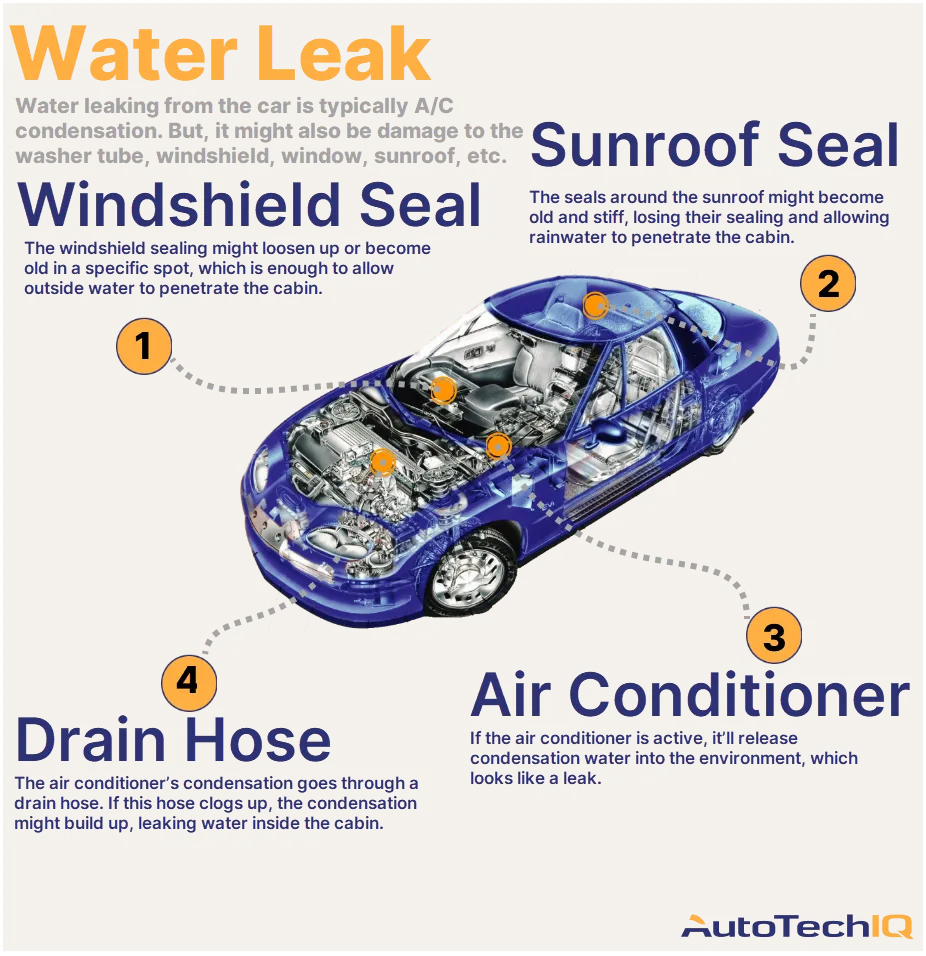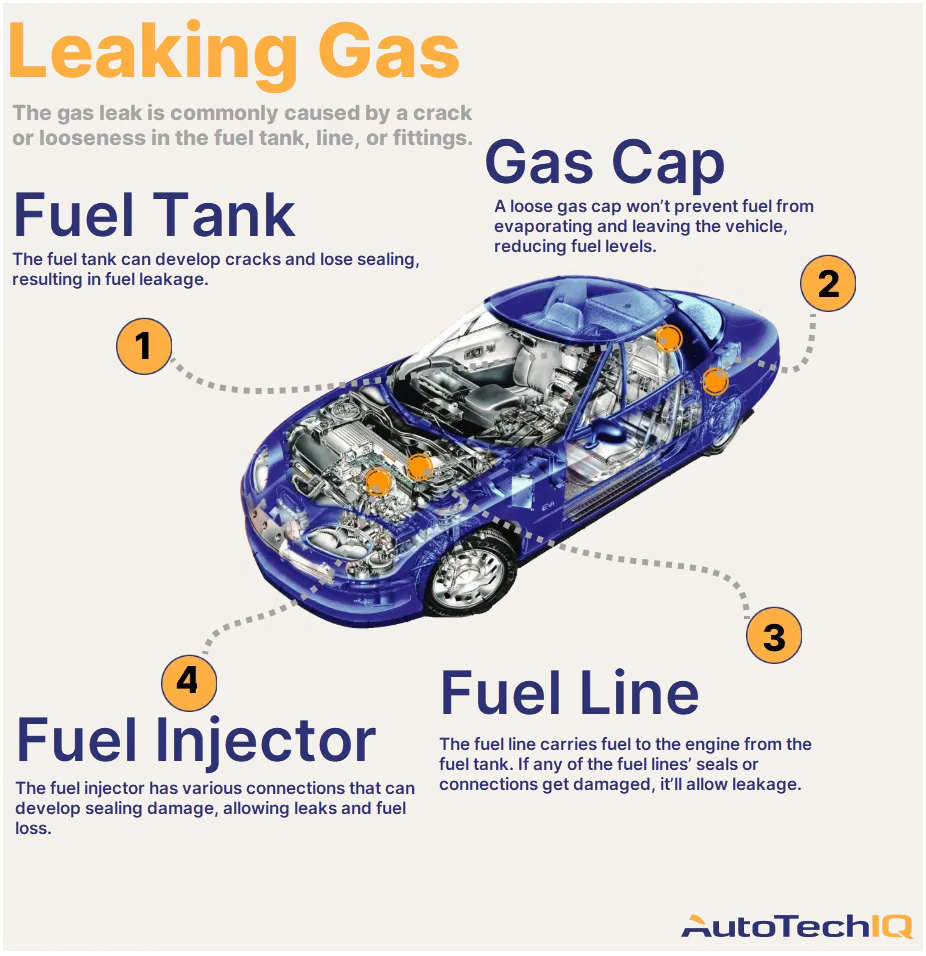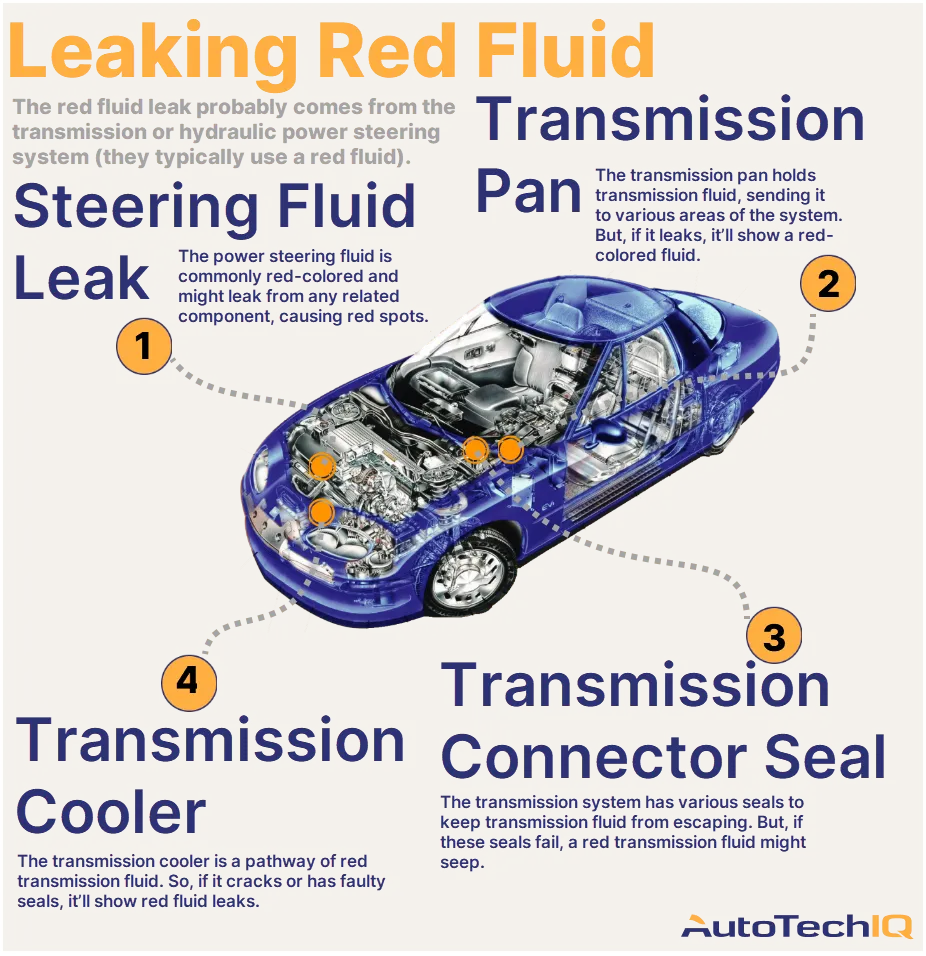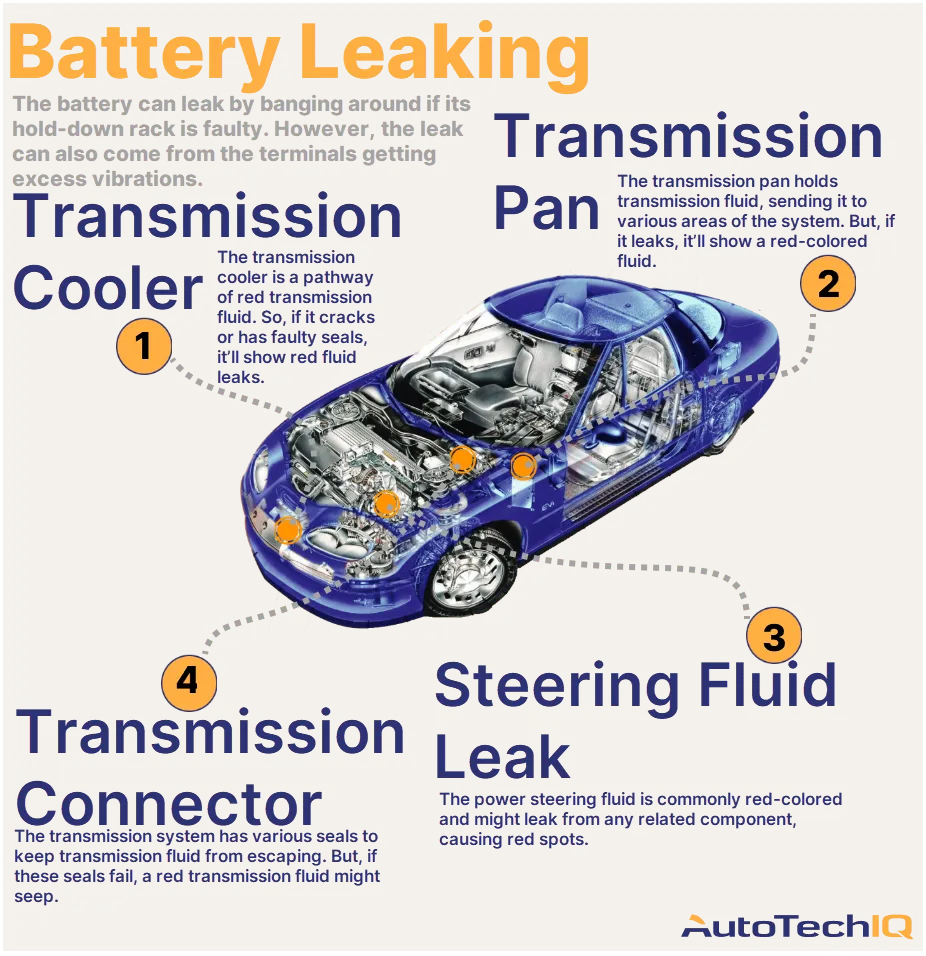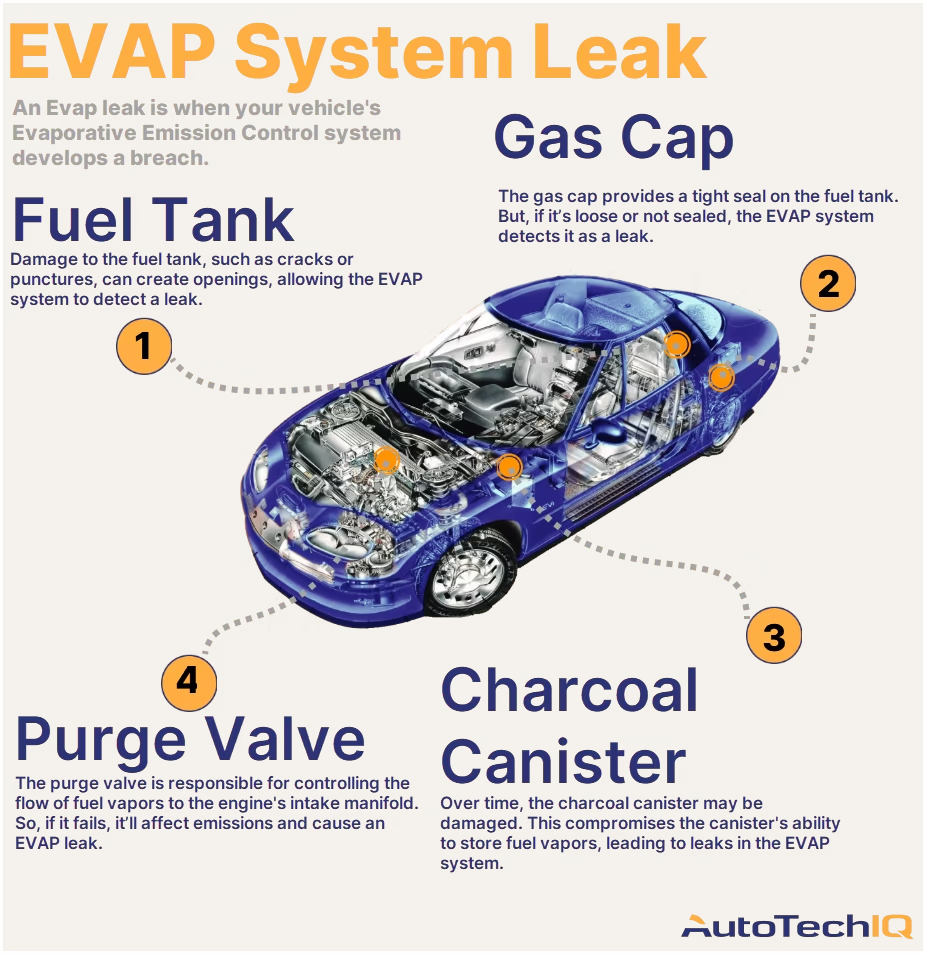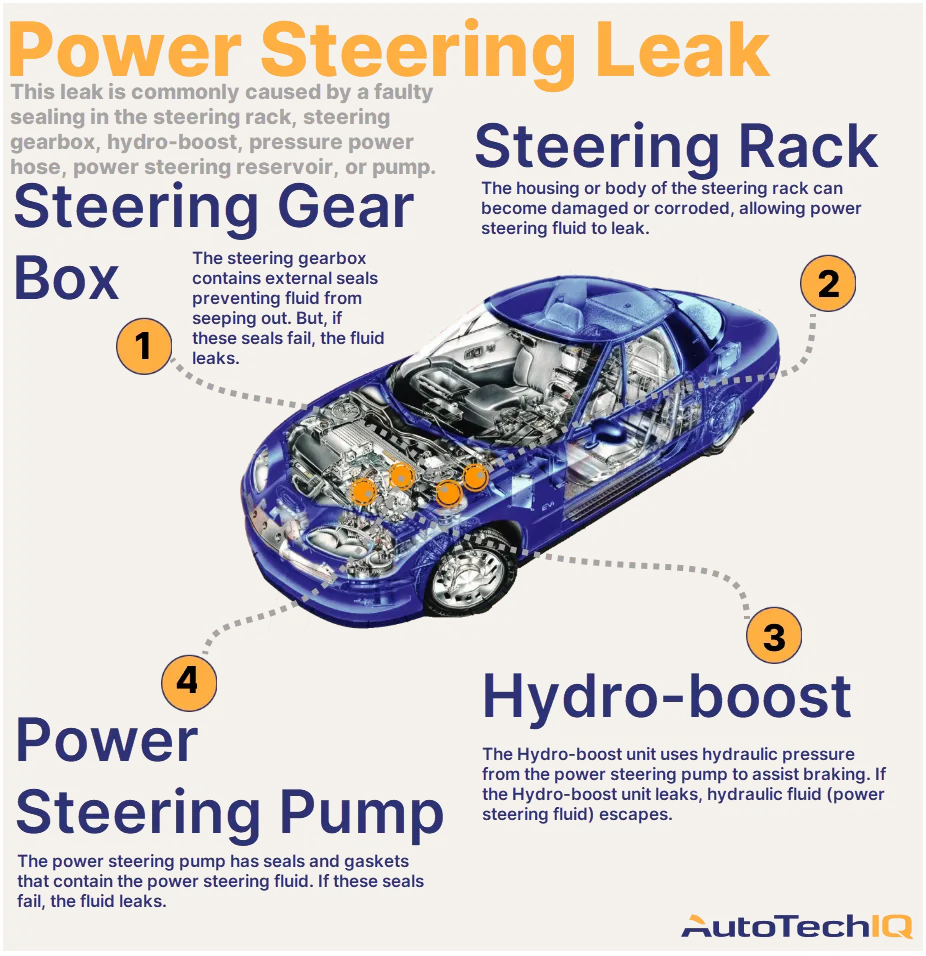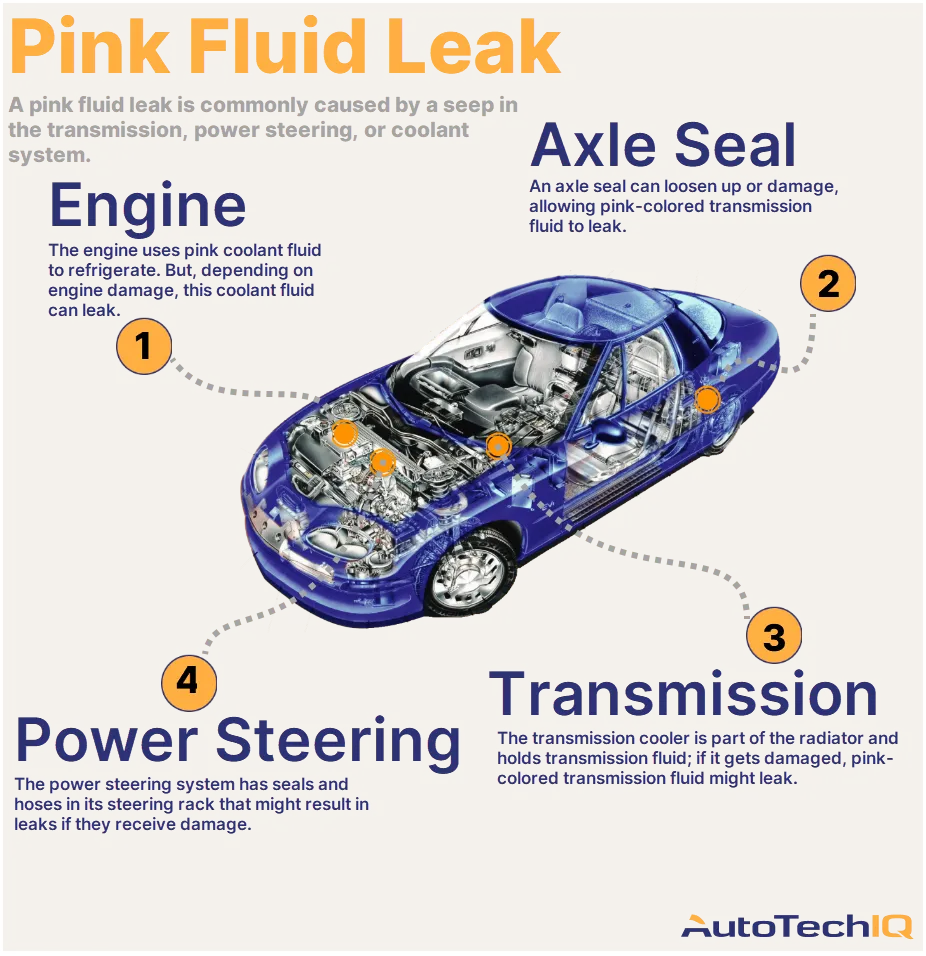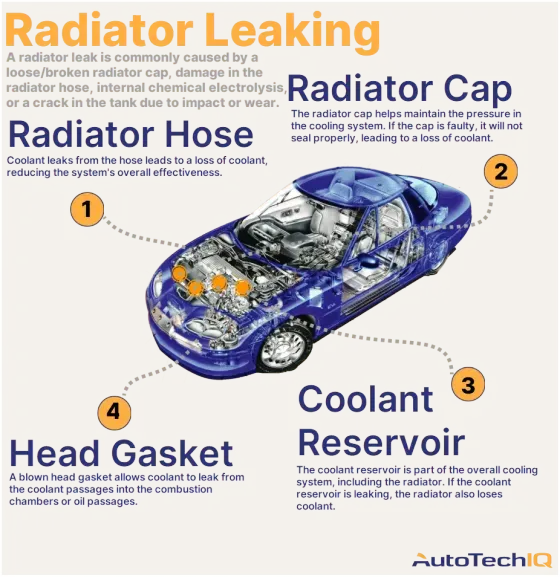
Have You Noticed a Leak In Your Vehicle's Radiator?
A radiator leak is commonly caused by a loose/broken radiator cap, damage in the radiator hose, internal chemical electrolysis, or a crack in the tank due to impact or wear. Also, note that a coolant reservoir leak can be commonly mistaken for a radiator leak.
Remember, promptly addressing a leaking radiator is an investment in your vehicle's longevity and peace of mind.
Watch out: This can result in overheating, engine damage, and unreliable performance. So, it's crucial not to overlook the bad signs and take prompt action. For example, if you notice coolant puddles or a decrease in your vehicle's coolant level, it indicates that the radiator fluid is seeping out. Ignoring these warnings can lead to costly repairs and inconvenience down the road.

